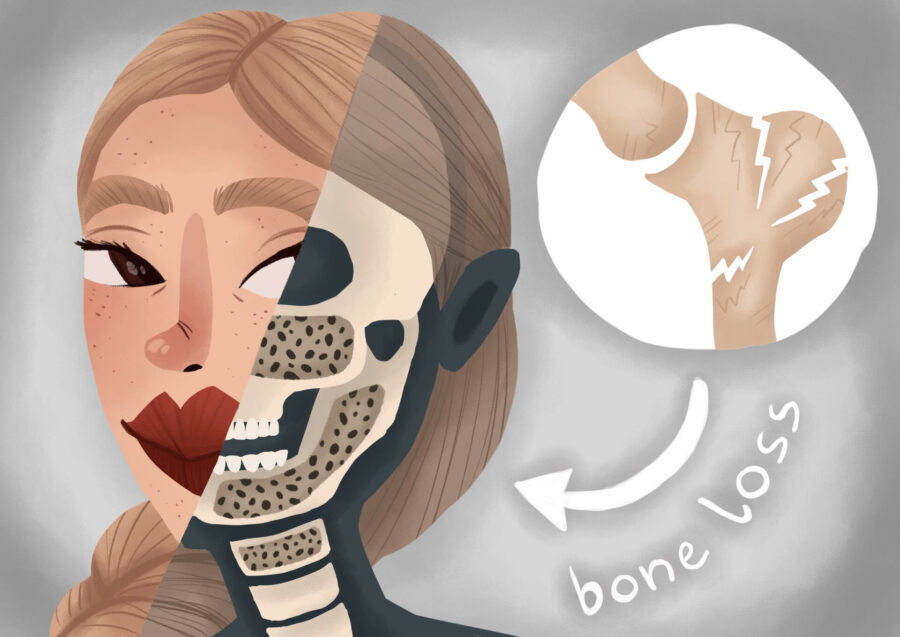
Jawbone loss doesn’t always come with pain or obvious symptoms. In fact, many people don’t realize it’s happening until their smile changes or their bite feels different. Catching it early, though, gives you more options for protecting your teeth and oral health long term.
At Corvallis Dental Group in Corvallis, OR, Dr. Jason Thomas Greyslak and Dr. Rose Greyslak help patients identify signs of bone loss and understand what can be done to manage or prevent further changes.
What Causes Bone Loss in the Jaw?
Tooth loss is the most common cause. When a tooth is missing and not replaced, the bone beneath it no longer receives stimulation from chewing. Without that pressure, the jawbone in that area gradually begins to shrink.
Advanced gum disease is another major factor. As the disease progresses, it affects the tissues and bone that support your teeth. Over time, this inflammation can lead to bone deterioration.
Other potential causes include poorly fitting dentures, trauma, chronic teeth grinding, or certain medical conditions. Jawbone loss can happen slowly, which is why early signs are easy to overlook.
Common Signs of Bone Loss and Receding Gums
One visual clue is a “long in the tooth” appearance—when the teeth seem taller due to gum recession. Gum tissue loss by itself doesn’t always mean bone loss. For example, aggressive brushing can cause recession without impacting the jawbone.
But when gum disease is involved, gum recession and bone loss often happen together. You might also see black triangles forming between your lower front teeth. These gaps appear when the gums recede and the underlying bone begins to shrink, leaving more space between the teeth.
Other signs include:
Loose or shifting teeth
Dentures that no longer feel secure
A change in facial shape or bite alignment
Difficulty chewing or a change in how your teeth fit together
Even without pain, these are important symptoms to pay attention to.
Bone Health Evaluations at Corvallis Dental Group in Corvallis, OR
At Corvallis Dental Group, Dr. Jason Thomas Greyslak and Dr. Rose Greyslak use digital imaging and detailed exams to evaluate the health of your gums, teeth, and jawbone. If bone loss is detected, they’ll walk you through treatment options—whether that’s periodontal therapy, bone grafting, or replacing missing teeth to prevent further loss.
If you’ve noticed signs like longer-looking teeth or shifting bite patterns, now’s a good time to schedule a visit. Taking early action can help protect your smile’s foundation for years to come.
Contact Us
Image from Authority Dental under CC 2.0








